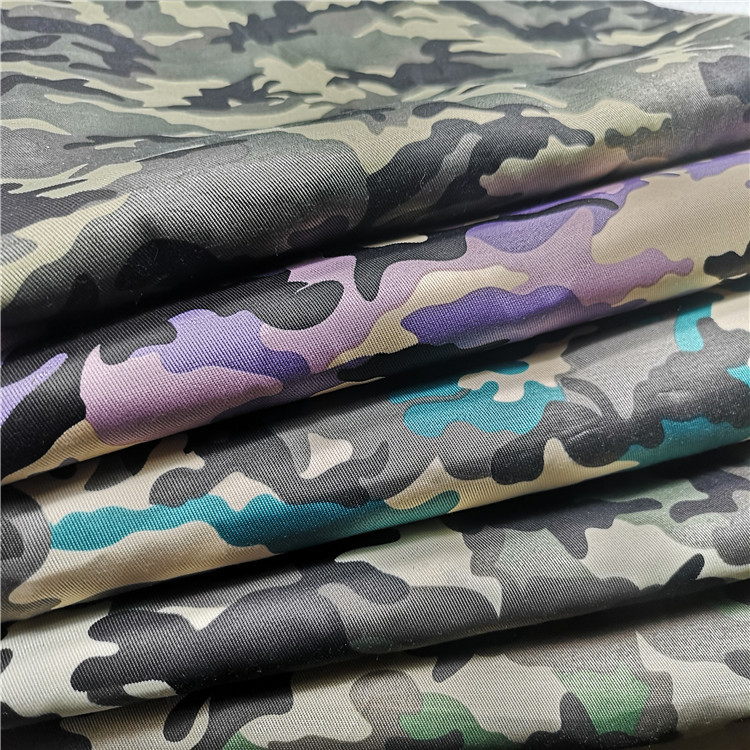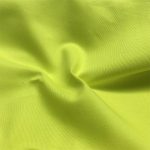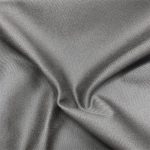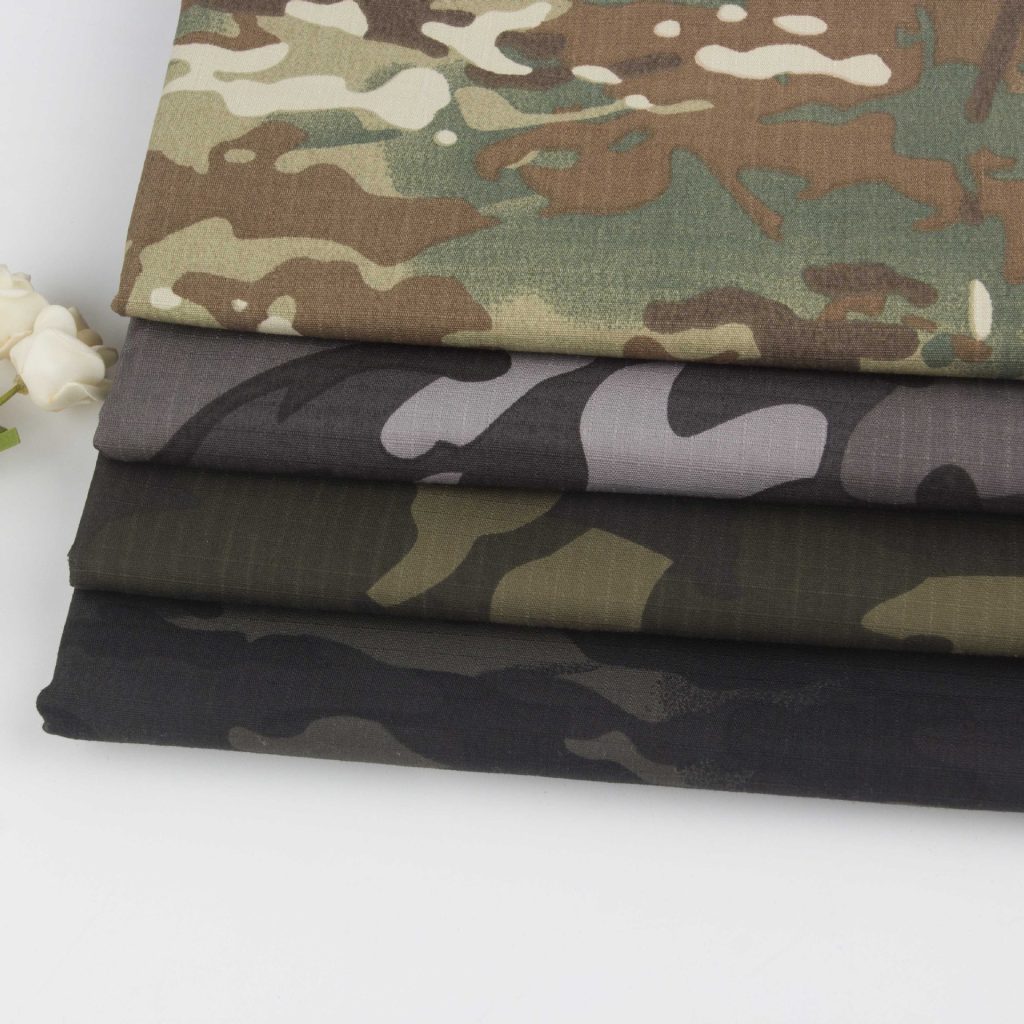Camouflage fabrics are used in a variety of industries, including military, hunting, fashion, and outdoor activities. They are designed to help the wearer blend into their environment, providing concealment and reducing visibility. In this guide, we will explore the materials used in camouflage fabrics, the applications for these fabrics, and the latest innovations in this field.
Understanding Camouflage Fabrics
Camouflage fabrics are designed to look like the colors and patterns of natural surroundings. The goal is to provide concealment by breaking up the outline of the wearer, making them less visible. The effectiveness of camouflage depends on the pattern, colors, and the fabric’s ability to blend into specific environments.
Materials Used in Camouflage Fabrics
The choice of material is important for the functionality and durability of camouflage fabrics. Different environments and applications require different material properties. Here are some of the most common materials:
- Cotton: Soft, breathable, and comfortable. Ideal for clothing worn in temperate climates, such as shirts, pants, and light jackets.
- Polyester: Durable, doesn’t shrink or stretch, and quick-drying. Commonly used in outerwear, gear, and uniforms.
- Nylon: Lightweight, strong, and abrasion-resistant. Suitable for outerwear, backpacks, and tents.
- Blends: Combining the best qualities of different fibers. Cotton-polyester blends are comfortable and durable, making them ideal for clothing and gear.
- Advanced Synthetics: Enhanced features like moisture-wicking, UV protection, and antimicrobial properties. Used in high-performance gear and clothing for extreme environments.
Types of Camouflage Patterns

Camouflage patterns are designed for specific environments to be as effective as possible. Here are some of the most common types:
- Woodland Camouflage: Green, brown, black, and tan patches that are irregularly shaped. Suitable for forested areas with lots of trees and plants. Commonly used in military uniforms, hunting gear, and outdoor clothing.
- Desert Camouflage: Tan, brown, and light gray blotches. Designed for dry, sandy, and desert regions. Used in military operations in desert environments and outdoor/tactical gear.
- Urban Camouflage: Grays, blacks, and whites arranged in digital or geometric patterns. Ideal for urban and built-up areas. Used by special forces, law enforcement, and airsoft enthusiasts.
- Multicam: A multi-environmental pattern with green, brown, and tan. Effective in various environments, including forest, desert, and urban areas. Used in military and tactical gear.
- Snow Camouflage: White with gray and light brown accents. Suitable for snow-covered landscapes. Used in winter military operations and hunting in snowy regions.
Applications of Camouflage Fabrics

Camouflage fabrics are used in many different applications, each with specific requirements and characteristics. Here are some of the most common uses:
- Military and Tactical Gear: Uniforms designed for specific environments to help individuals blend in. Modern uniforms often use advanced fabrics for better performance. Includes durable equipment like backpacks, helmets, and tents.
- Hunting and Outdoor Clothing: Jackets, pants, and hats designed to help hunters blend in. Camouflage patterns help individuals avoid being seen by animals. Accessories like gloves, face masks, and gaiters provide full concealment.
- Fashion: Camouflage patterns are popular in streetwear and high fashion. Used in everyday clothing like hoodies, t-shirts, and pants. High-end designers incorporate camouflage into runway collections for an edgy look.
- Recreational Activities: Camouflage gear used in paintball, airsoft, camping, and hiking. Provides a functional and stylish appearance.
Innovations in Camouflage Fabrics
Advancements in technology have made camouflage fabrics more effective and versatile. Here are some of the latest innovations:
- Adaptive Camouflage: Using electronics and materials science to create fabrics that can change color and pattern based on the environment. Used in military uniforms and equipment that can blend into different environments.
- Infrared Camouflage: Treating fabrics to reduce their infrared signature, making them harder to detect with night vision and thermal imaging devices. Used in military operations requiring stealth in low-light conditions.
- 3D Camouflage: Using textured fabrics and materials to create a three-dimensional effect that helps individuals blend in with different terrains. Applied in hunting gear and specialized military uniforms.
- Nano-Technology: Enhancing fabric properties like water repellency, antimicrobial resistance, and self-cleaning capabilities. Used in high-performance outdoor gear and military uniforms.
Conclusion
Camouflage fabrics are a mix of art and technology that can be used to create unique and functional textiles. From their origins in military strategy to their use in fashion and recreation, these fabrics continue to evolve as technology advances and needs change. Understanding the types, materials, uses, and innovations of camouflage fabrics helps you see why they are so important and versatile. Whether it’s for the military, hunting, fashion, or outdoor activities, camouflage fabrics are a big part of modern textile design.

 100% COTTON FABRIC
100% COTTON FABRIC COTTON STRETCH FABRIC
COTTON STRETCH FABRIC POLYESTER/COTTON FABRIC
POLYESTER/COTTON FABRIC OTHERS FABRIC
OTHERS FABRIC